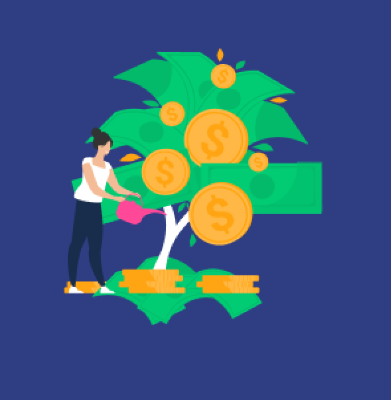
Planning and Funding Care in Later Life
The growing senior population in the UK is placing increasing pressure on the country’s social care system, making it more crucial than ever to plan ahead for care needs. As the number of elderly people rises, so does the need for various care services, from home care to residential facilities. Planning and funding care is […]









